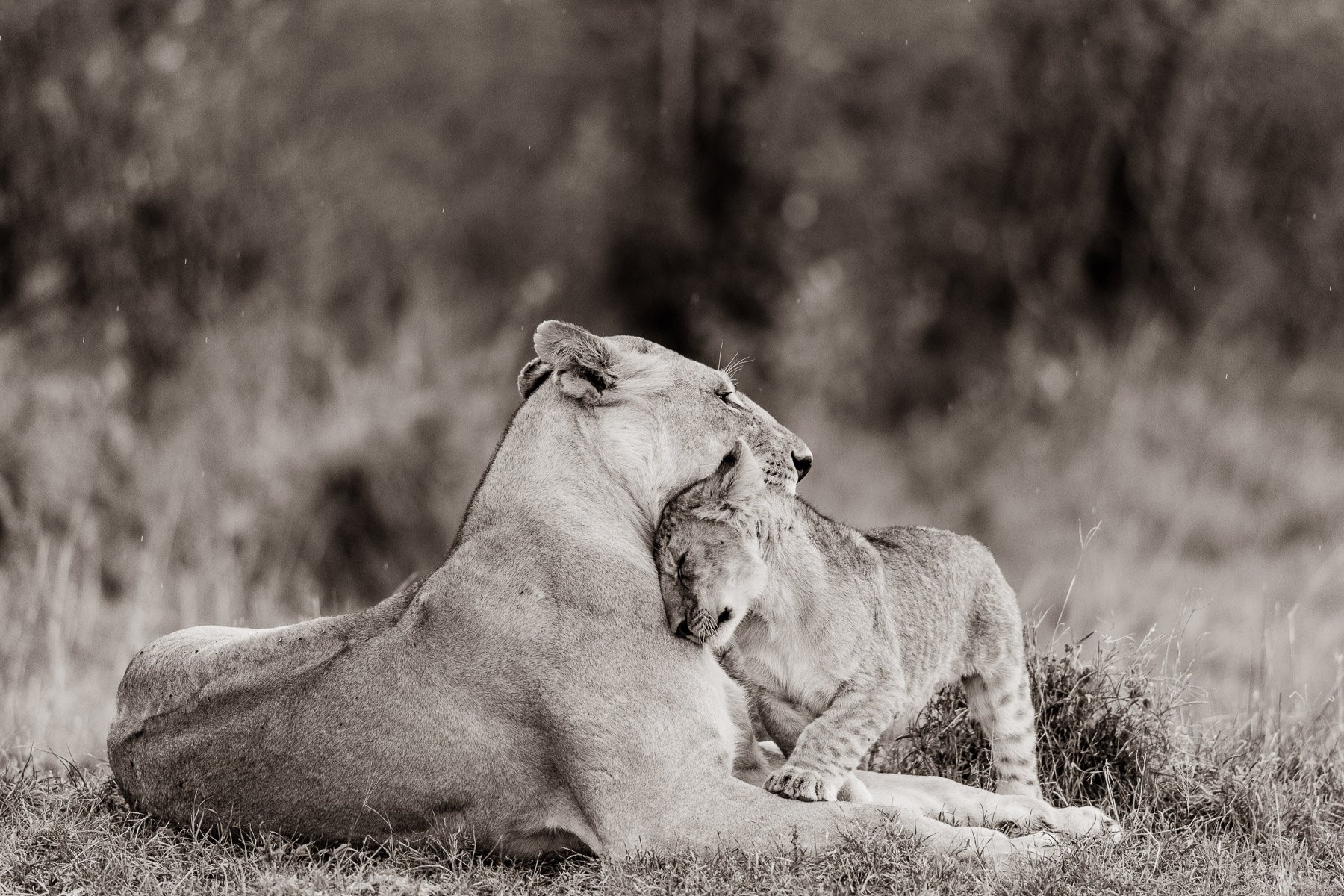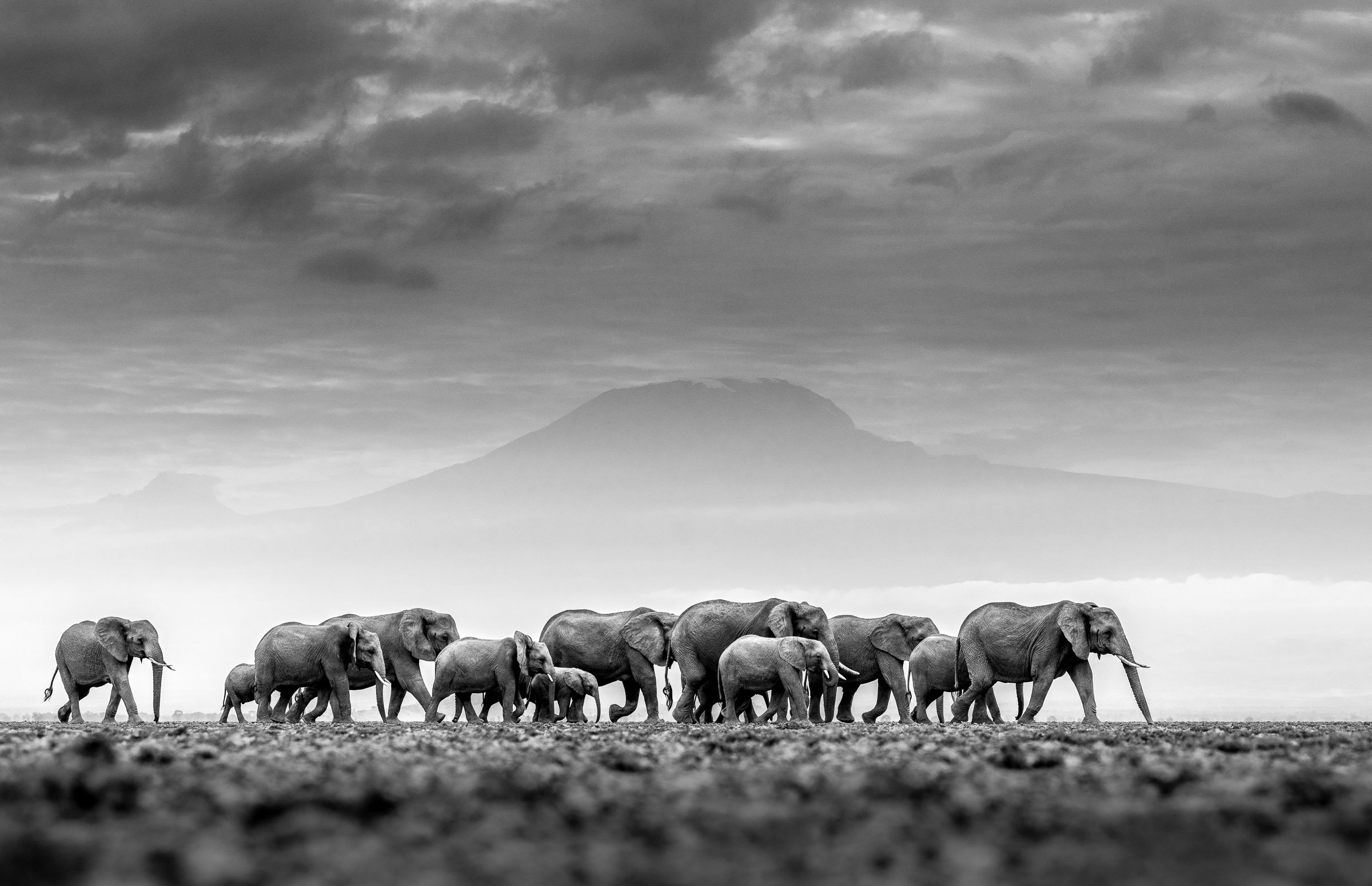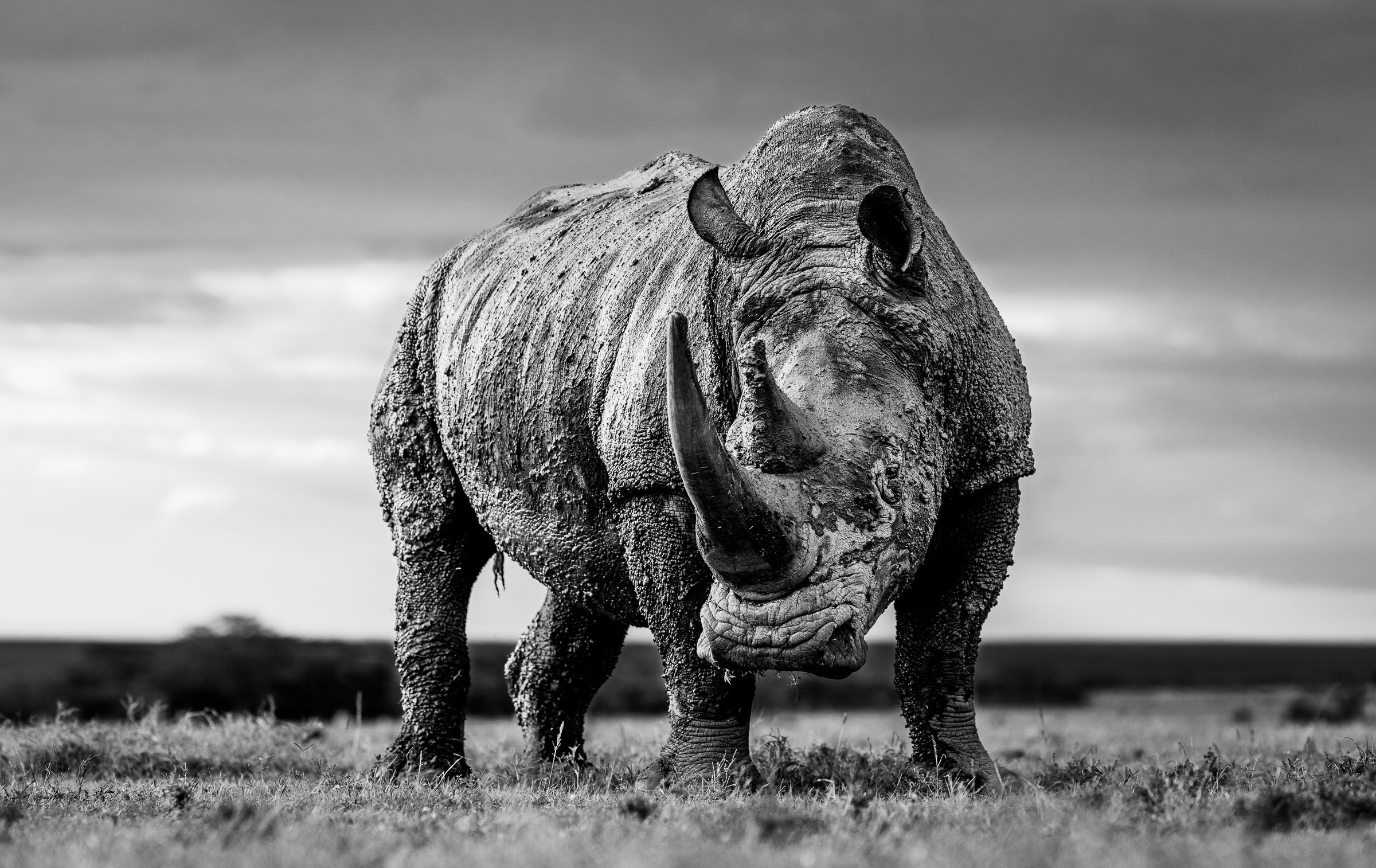Storm
Maasai Mara, 2021
Standard: 48 x 31” (Edition of 5) | Large: 74 x 46” (Edition of 3)
Behind The Lens
Introducing the new series: “Behind The Lens”, telling the stories behind each image. Storm was William’s first zebra print and one of those rare occasions where things fall in to place effortlessly.
-
10% of the proceeds from William’s print sales are donated to his partnered conservation charity, David Shepherd Wildlife Foundation. An organisation focussed on the conservation of wildlife in Africa and Asia through an unyielding, holistic approach.
With William’s style deeply focussed on wildlife in its environment, working with organisations of this calibre and determination is a natural fit and prints are proudly embossed with the foundations logo next to William’s signature.
To date William’s work has been used to raise over £80,000 for a variety of charitable organisations.
-
They say the definition of insanity is repeating the same process many times over and expecting different results. If this is the case, I must be insane - I suspect many people I have worked with in the field would agree with this.
I say this because my work is centred around constantly repeating the same process until I get a result that is original.
Working in Amboseli has become a recent obsession. Since the end of 2020 I have visited on multiple occasions, staying for longer each time. Each day follows the same routine; leave at 6 a.m. before the sun appears on the eastern horizon and drive with dear friend and guide Eric Ole Kalama to a culvert over the dirt road, for here, even though only a meter above ground level, our binoculars cover the earth for miles in any direction.
Through the twilight we are searching for one thing - ivory. Ivory so large, so white that the first rays of morning sun glint off its rounded hilt, visible from over a mile away, where Eric and I stand atop the roof of the Land Rover.
Ivory like this is rare now. Some organisations say as few as 10 super tuskers still walk the plains of Africa. If this is the case, the elephant we are looking for is number 11. A future icon, an elephant who at just 29 has the undoubtable makings of a Super Tusker. His name is Michael.
This is the fourth day straight we have looked for him. The previous three have been fruitless. Glimpses at best, but no images to show for it. He is in musth, his sole interest is mating with females, our car is nothing but an unwelcome distraction.
To get the shot, Michael is first going to have to mate with Elliot, a female he has pursued for three days, almost as patiently as we have followed him. Our hopes for a good image are pinned on Elliot’s co-operation. Until he has mated, there is no chance he will be calm enough for us to approach.
We find Michael, following him through Amboseli’s open plains and in to the doom palm forest. Signs are positive that today may be the day and, magically, they mate, out of sight in the depths of the forest.
As if the weight of the looming Mt Kilimanjaro has been taken off his shoulders, Michael wanders the park with renewed calmness, our chance is now.
10 hours since we first sighted him that morning, and four days in to following him, he stands just 20 feet in front of us, perfectly placed between my camera lens and the mountain. Slowly, calmly, he walks towards us, the ivory we so admire hanging almost symmetrically from his mouth. His trunk sways underneath him, twisting as he tears out fresh grass from the earth, the crunch as the roots are dislodged providing the only noises I can process other than the whir of my cameras focussing system.
Within seconds he has walked past me, ignoring us, as unmoved by our presence as I am buoyed by his. He has, without doubt, provided me with the moment of my career.
























